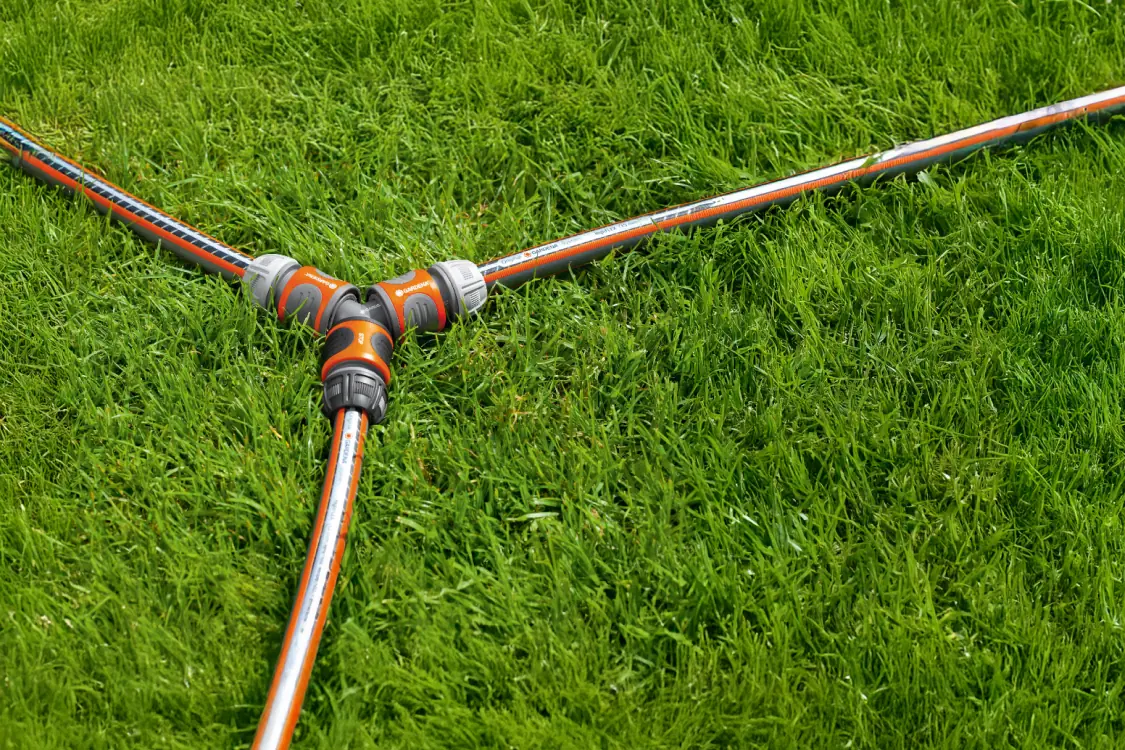
Our target for 2025
Recognising how important immediate climate action is, we at Husqvarna Group aim to reduce the absolute carbon footprint of our value chain by 35% by 2025 already, compared to 2015. This target is approved by the science-based targets initiative and supports the 1.5 °C global warming scenario.
This means:
-
absolute target: decrease our emissions by 35% regardless of company growth.
-
no carbon offsets: we do not account for carbon offsetting in reporting against the target. The target will be achieved by our own reduction activities in the value chain.
Husqvana Group has also committed itself to net-zero emissions by 2050 at the latest.
Doing our fair share to limit global temperature rise to 1.5°C in accordance with the Paris Agreement
Reducing C02 across the value chain
Our 2025 target reflects total CO2 emission reductions across the value chain, from suppliers and operations to transportation and product use. Hence, our target covers not only Scope 1 and Scope 2 emissions but also Scope 3 emissions, as defined by the Greenhouse Gas Protocol.

Vehicles, machines, energy used in boilers/furnaces
Scope 1 emissions are direct emissions occuring from sources that are owned or controlled by the company.We measure emissions from our vehicles, machines, and energy used in boilers/furnaces.
Purchased electricity and district heating
Scope 2 emissions are emissions from the generation of purchased electricity, steam, heat, or cooling. Due to the nature of our operations, our Scope 2 emissions only cover purchased electricity and district heating.
Suppliers, transport and product use
Scope 3 emissions are emissions that a company does not control, but is indirectly responsible for, up and down its value chain, such as emissions from purchased goods and services, transportation, employee commuting etc. We measure emissions resulting from our suppliers, transport and product use.

CO2 emissions in the value chain
-
According to the Group's carbon footprint, our greatest impact occurs during the use of our products.
-
For product use, CO2 emissions are calculated over the products’ projected lifetime.
-
For suppliers, their Scope 1 and 2 emissions data is drawn from CDP supply chain disclosures. In cases where suppliers do not report their CO2 emissions, emissions are extrapolated from CDP data.
-
In transport, we include all transport the Group pays for – through which we have the most significant CO2 impact – and where we have access to data. This spans all air and ocean freight and a share of road and rail transport.

Our target is scienced-based
Our target is validated by the Science-Based Target initiative (SBTi), a key standard for corporate CO2 management and is in line with society’s ambition to limit global temperature rise to 1.5 °C.

Engaging our supply chain
Husqvarna Group has again been recognized as a ‘Supplier Engagement Leader’ by the CDP in 2022, for our efforts to engage suppliers in our climate action.

What we have achieved so far
Emissions are aggregated on Group level and progress is reported to Group management as well as externally every quarter. Since 2015, we have achieved a total reduction in CO2 emissions of 44%, significantly surpassing the target we initially set for 2025. This 44% reduction is the result of the combined emission reductions across all scopes we measure, as outlined below.

Teljesítményünk: scope 1 és 2
-
A Husqvarna Csoport 2015 és 2022 között 75%-kal csökkentette a működésből származó CO2 -kibocsátást, annak ellenére, hogy 49%-kal növelte árbevételét.
-
A kibocsátáscsökkentés hatékonyabb termeléssel, elektromos járművek vezetésével és megújuló energiaforrások felhasználásával valósul meg.

Teljesítményünk: scope 3
-
A saját működésünkből származó kibocsátások kezelése nem elegendő. Fő kibocsátási forrásunk termékeink használata.
-
A Husqvarna Csoport vezető szerepet kíván betölteni az iparágban az alacsony szén-dioxid-kibocsátású megoldások terén, ezért szisztematikus villamosítási pályát dolgoz ki e cél elérése érdekében. A termékhasználatból származó CO2 -kibocsátás 2015 és 2022 között 31%-kal csökkent.

-
Mivel beszállítóink tevékenysége kívül esik közvetlen ellenőrzésünkön, célunk mérése is a legnagyobb kihívást jelentő része. Arra kérjük beszállítóinkat, hogy mérjék és jelentsék a CO2 -kibocsátást a CDP-nek; a kibocsátások csökkentésére irányuló intézkedések azonosítása; és csökkentési célokat tűzzön ki. A beszállítók CO2 -kibocsátása 2015 és 2022 között 34%-kal csökkent.
-
A közlekedésből származó CO2 -kibocsátás 2015 és 2022 között 10%-kal csökkent. Azon dolgozunk, hogy tovább optimalizáljuk szállítási hálózatunkat, intelligensebb csomagolást vezessünk be a nagyobb szállítási volumen hatékonysága, valamint a jobb kínálat- és kereslettervezés érdekében.
Kivonulás a fosszilis üzemanyaggal működő termékek piacáról
A GARDENA összes fosszilis üzemanyaggal működő eszközének stratégiai döntésként történő fokozatos kivonása jelentős hatással volt kibocsátás-csökkentésünkre. A kivezetés 2023-ban fejeződik be teljesen, így teljes mértékben az elektromos meghajtású kerti szerszámokra összpontosíthatunk.









